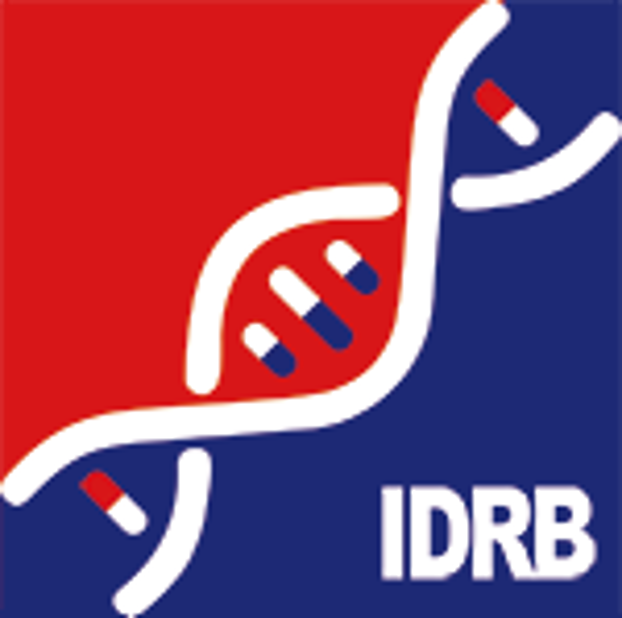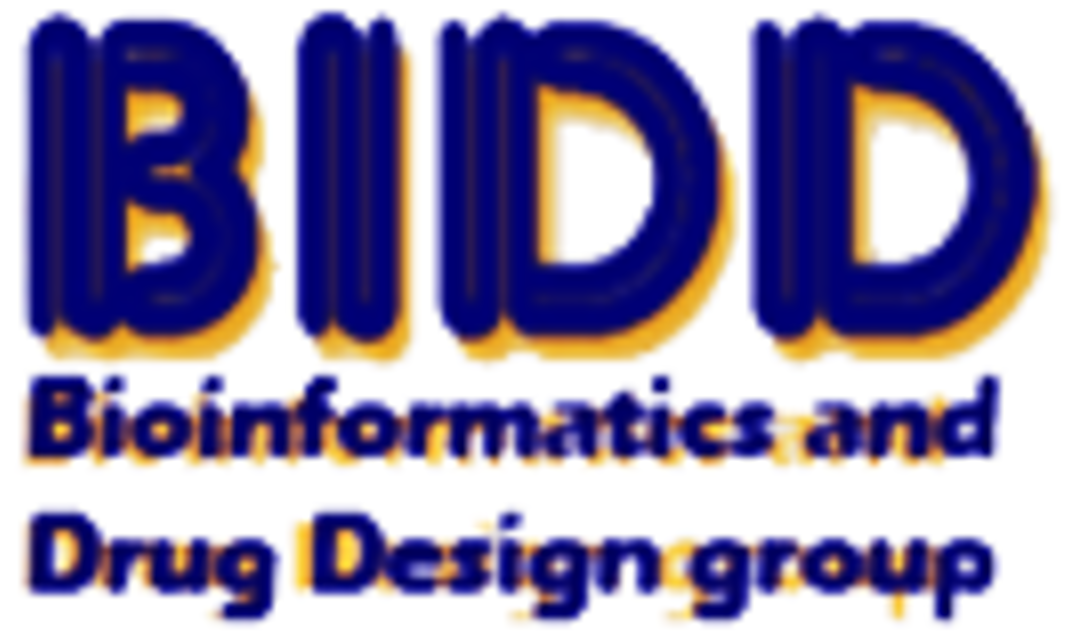| References |
Top |
| REF 1 |
Charting the molecular network of the drug target Bcr-Abl. Proc Natl Acad Sci U S A. 2009 May 5;106(18):7414-9.
|
| REF 2 |
Thrombopoietin induces activation of the phosphatidylinositol-3' kinase pathway and formation of a complex containing p85PI3K and the protooncoprotein p120CBL. J Cell Physiol. 1997 Apr;171(1):28-33.
|
| REF 3 |
Genetic and Proteomic Interrogation of Lower Confidence Candidate Genes Reveals Signaling Networks in -Catenin-Active Cancers. Cell Syst. 2016 Sep 28;3(3):302-316.e4.
|
| REF 4 |
Protein interaction data set highlighted with human Ras-MAPK/PI3K signaling pathways. J Proteome Res. 2008 Sep;7(9):3879-89.
|
| REF 5 |
Architecture of the human interactome defines protein communities and disease networks. Nature. 2017 May 25;545(7655):505-509.
|
| REF 6 |
Role of growth arrest and DNA damage-inducible in Akt phosphorylation and ubiquitination after mechanical stress-induced vascular injury. Am J Respir Crit Care Med. 2011 Nov 1;184(9):1030-40.
|
| REF 7 |
IL22/IL-22R pathway induces cell survival in human glioblastoma cells. PLoS One. 2015 Mar 20;10(3):e0119872.
|
| REF 8 |
Small molecule inhibition of phosphatidylinositol-3,4,5-triphosphate (PIP3) binding to pleckstrin homology domains. Proc Natl Acad Sci U S A. 2010 Nov 16;107(46):20126-31.
|
| REF 9 |
The anti-apoptotic effect of Notch-1 requires p56lck-dependent, Akt/PKB-mediated signaling in T cells. J Biol Chem. 2004 Jan 23;279(4):2937-44.
|
| REF 10 |
Phosphatidylinositol (PI) 3-kinase and PI 4-kinase binding to the CD4-p56lck complex: the p56lck SH3 domain binds to PI 3-kinase but not PI 4-kinase. Mol Cell Biol. 1993 Dec;13(12):7708-17.
|
| REF 11 |
Perturbation of the mutated EGFR interactome identifies vulnerabilities and resistance mechanisms. Mol Syst Biol. 2013 Nov 5;9:705.
|
| REF 12 |
Heregulin-dependent activation of phosphoinositide 3-kinase and Akt via the ErbB2/ErbB3 co-receptor. J Biol Chem. 2001 Nov 9;276(45):42153-61.
|
| REF 13 |
OncoPPi-informed discovery of mitogen-activated protein kinase kinase 3 as a novel binding partner of c-Myc. Oncogene. 2017 Oct 19;36(42):5852-5860.
|

